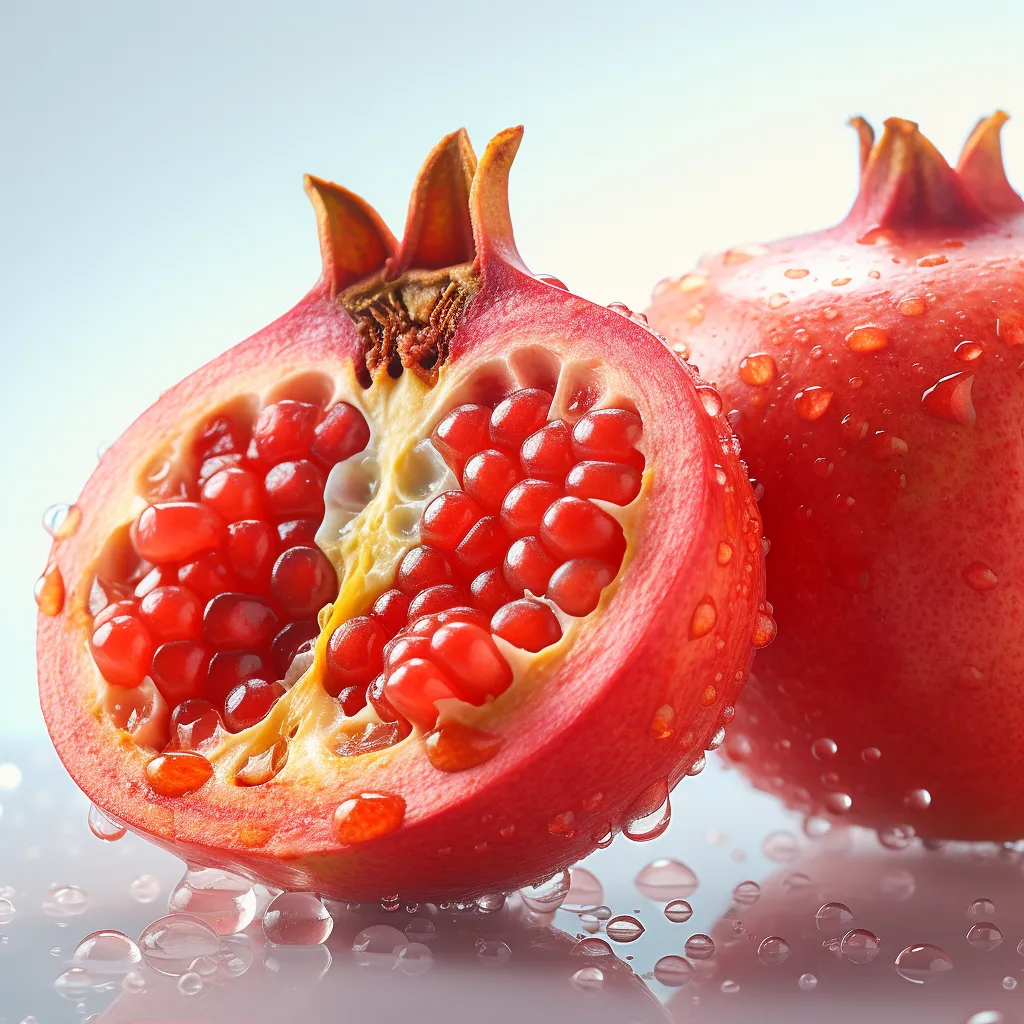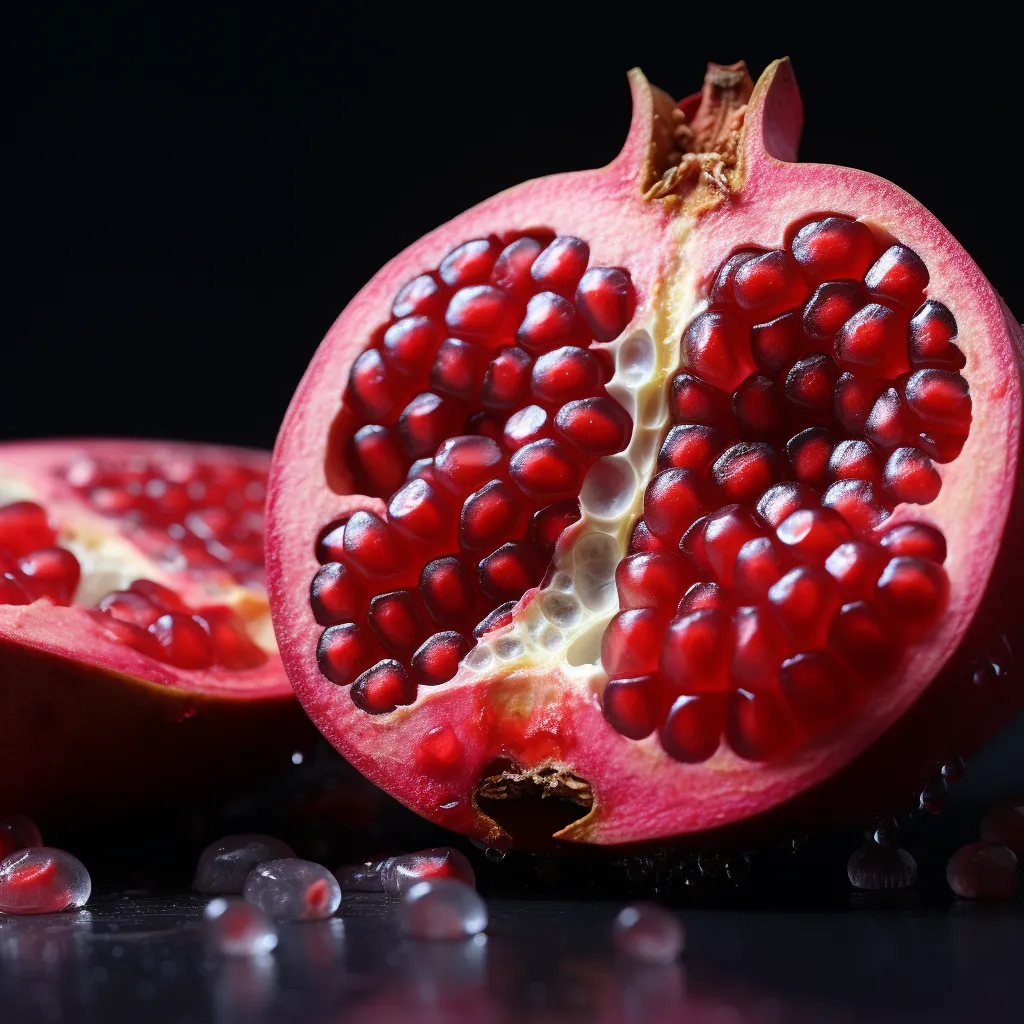Story of Day :
Contents
5 Essential Care Tips for Dwarf Pomegranate Plants
Gardening is not only a hobby but also a therapeutic activity that brings joy and beauty to our lives.
If you’re looking for an exotic and visually stunning addition to your garden, look no further than the Punica granatum var.
nana, commonly known as the dwarf pomegranate plant.
1.
Choosing the Right Location
The first step in ensuring the success of your dwarf pomegranate plant is selecting an appropriate location in your garden.
These plants thrive in areas with full sun exposure, so choose a spot where they can receive at least 6 hours of direct sunlight each day.

In addition to sunlight, dwarf pomegranates require well-draining soil.
They are adaptable to different soil types but prefer slightly acidic soil with a pH between 5.5 and 7.0.
2.
Watering Requirements
Proper watering is crucial for the health and growth of any plant, including dwarf pomegranates.
While these plants are drought-tolerant once established, it’s important to provide adequate water during their initial stage of growth.
- Water your newly planted dwarf pomegranate regularly until its roots become established (usually within the first few months).
- Avoid overwatering as this can lead to root rot and other fungal diseases.
- Allow the top inch of soil to dry out before watering again.
- In hot summer months or when there is prolonged dry weather, increase watering frequency.

3.
Pruning and Training Techniques
Pruning and training your dwarf pomegranate plant is important for maintaining its shape, promoting air circulation, and encouraging the growth of new shoots.
- Prune your plant in early spring before new growth begins.
Remove any dead or diseased branches, as well as those that are crossing or rubbing against each other.
- To encourage bushier growth, pinch off the tips of young shoots during the growing season.
- If you want to train your dwarf pomegranate into a specific shape or form, use stakes or wires to gently guide its branches in the desired direction.
4.
Fertilization

Fertilizing your dwarf pomegranate plants will help promote healthy foliage and abundant fruit production.
Here are some key considerations:
- Apply a balanced slow-release fertilizer in early spring when new growth appears.
- Avoid excessive use of nitrogen-rich fertilizers as they can result in excessive vegetative growth at the expense of fruit development.
- Incorporate organic matter such as compost into the soil to improve its fertility and drainage properties naturally.

5.
Pest Control
Dwarf pomegranate plants are relatively resistant to pests but may occasionally encounter some common garden pests such as aphids and whiteflies.
Here’s how you can protect your plants:
- Maintain good garden hygiene by removing fallen leaves and debris where pests may hide.
- If you spot any signs of pest infestation, such as curled leaves or sticky residue on the plant’s surface, use organic insecticidal soaps or neem oil to control aphids and other soft-bodied insects.


Summary
Growing and caring for a dwarf pomegranate plant can be a rewarding experience.
By following these care tips, you’ll ensure that your plant thrives and adds beauty to your garden.
Remember to choose an appropriate location with plenty of sun exposure, provide adequate water without overwatering, prune and train the plant as needed, fertilize it properly, and watch out for common pests.